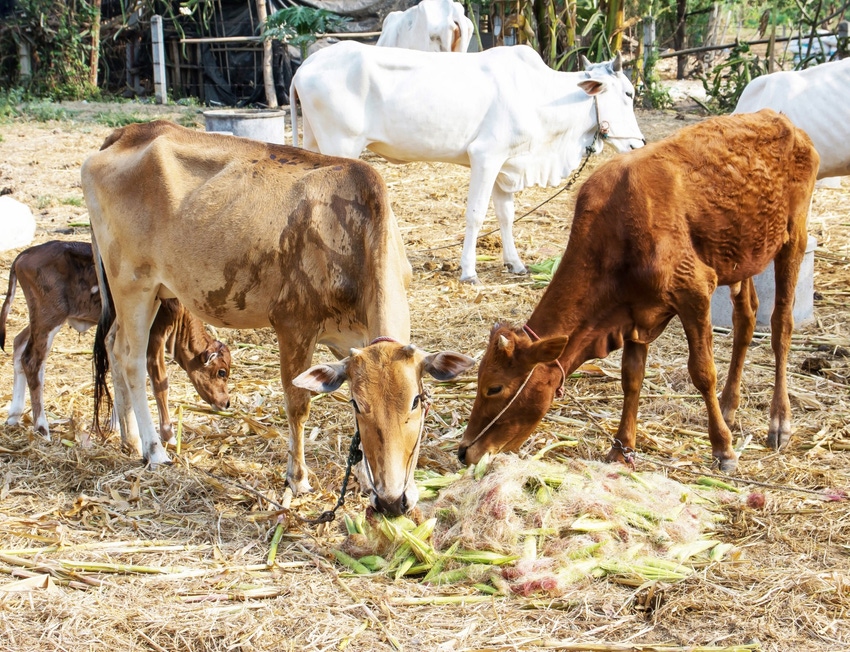
Dr. Charlie Baird was a big guy and quite an opinionated veterinarian who practiced medicine and ran a cattle operation in middle Tennessee in the 60s, 70s, and 80s. He made the statement at supper one night that helping producers cull the right cows was likely the most profitable service a knowledgeable veterinary practitioner could offer.
I totally agree. We need to constantly be identifying the animals that are not working within our management system and forage program.
Cattle that don’t work are not highly profitable. One of our jobs is to identify them early and then figure the best way to work the marketing management. A really thin cow in February or March needs to be carefully handled to the trailer headed for the killer market sales. These cattle are important but not where I’m pointing this sermon.
Ranch management consultant Burk Tiechert addresses the fact that lots of cows will fit somewhere, even though they fail to work at your place or mine. Numbers are important. The same is true of ages and body scores and the presence of pregnancy.
Cows get pregnant when bulls are in the field. Cows that need to leave the farm (to be culled) are generally worth a lot more if they are pregnant. Late December-January, and most February calves are usually not desired. But a group of young and middle-aged cows are property that can track significantly above the killing market the vast majority of the time. Our job is to identify them and group them up. We need to do our homework, a little advertising, and pull the trigger on the right time of the year.
Maybe a review of simple records in preparation is needed. These are some things we should record.
Open cows
Calf numbers (live and dead)
Weaned calf numbers
Calves and yearlings sold
Yearling heifers and bull retained
Other cows to cull
Recently I read that producers should tag cows with a tag that reads “cull.” I suggest we don’t need to use the work cull. Why not tag the cows with a green tag and the number 4 or 5. Cows with the number 4 are less than 6 years old and 90 days or more pregnant. Cows with the ear tag 5 are 6 years or older and 90 days plus pregnant. If you have several that look good and in either category there will be some folks that are interested. If you are totally ethical several of them will be repeat buyers. We all need this kind of business.
All of us have cows that don’t need to travel to another operation but we are or can be paid well by marketing several of our cattle that need to leave but don’t need to get dead.
About the Author(s)
You May Also Like






